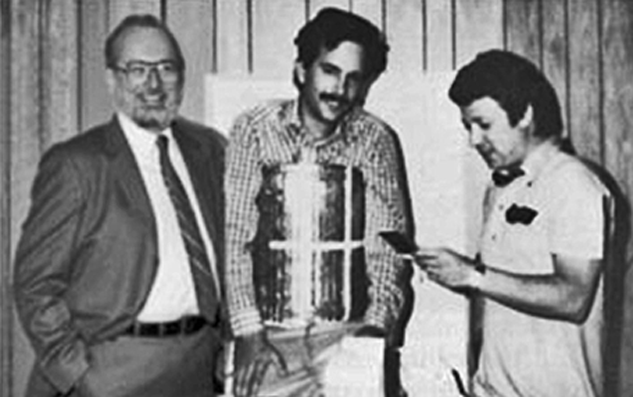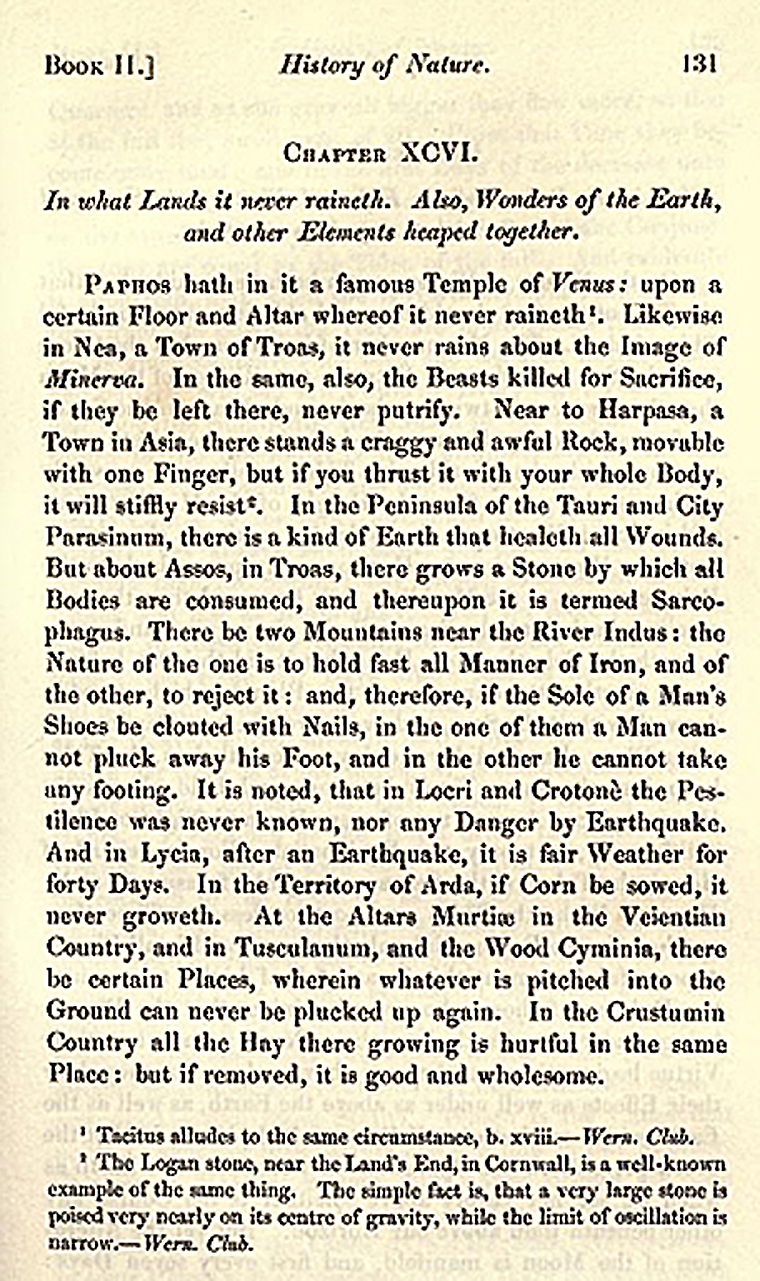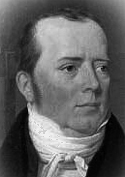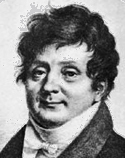






![]() ooking back at the main protagonists involved in MR imaging is vital for an understanding of the development of the modality. This chapter is a short, but balanced and authoritative introduction to the topic of MR imaging in science and biomedicine — written and reviewed by some of the scientists involved from the beginning of the development of MR imaging over the years until today and seen from a Euro-American perspective (Figure 20-01).
ooking back at the main protagonists involved in MR imaging is vital for an understanding of the development of the modality. This chapter is a short, but balanced and authoritative introduction to the topic of MR imaging in science and biomedicine — written and reviewed by some of the scientists involved from the beginning of the development of MR imaging over the years until today and seen from a Euro-American perspective (Figure 20-01).
Paul C. Lauterbur, the inventor of MR imaging, once stated [⇒ Dawson 2013]:
"European scientists, physicians, governments and industries moved more confidently and thoughtfully into this new area than did their American counterparts."

Figure 20-01:
After more than four hours in the prototype machine at Paul C. Lauterbur's lab: The first three-dimensional ECG-triggered images of the heart, 1982. From left to right: Paul C. Lauterbur, Peter A. Rinck, and Robert N. Muller.
The history of the little world of nuclear magnetic resonance and magnetic resonance imaging is a mirror of the big world: one meets good, honest, and straightforward people, and bad and dishonest people; true scientists and fake scientists; one learns that patents for discoveries are filed by people who have not even done research on the topic; one sees that different people at different places can get the same or similar ideas, independent from each other. And that money makes the world go round.
 Two of the most important scientists for the development of magnetic resonance imaging were Erik Odeblad who first described the differences of relaxation times in human tissue and Paul C. Lauterbur who invented MR imaging.
Two of the most important scientists for the development of magnetic resonance imaging were Erik Odeblad who first described the differences of relaxation times in human tissue and Paul C. Lauterbur who invented MR imaging.
If one wants to give an account, one finds no evident beginning of the history of MR imaging: Everything flows and nothing stays, as Heraklitos pointed out — and writing about history is a permanent Work-in-Progress.
There are a number of personal reports tracing the development of NMR and MRI during the last two centuries, for instance those collected by Grant, Harris and collaborators [⇒ Grant 1996]. A fine overview of magnetism and medicine was written by Manuel R. Mourino [⇒ Mourino 1991].
 Tales hinting to magnetism date back to the first centuries BC, among them the writings of Lucretius and Pliny the Elder.
Tales hinting to magnetism date back to the first centuries BC, among them the writings of Lucretius and Pliny the Elder.
Pliny (23-79 AD) wrote of a hill near the river Indus that was made entirely of a stone that attracted iron (Figure 20-02). He also mentioned the magical powers of magnetite that kept haunting mankind through the centuries.

Figure 20-02:
Pliny the Elder's description of magnetism: "There be two Mountains near the River Indus. the Nature of the one is to hold fast all Manner of Iron, and of the other, to reject it: and, therefore, if the Sole of a Man's Shoes be clouted with Nails, in the one of them a Man cannot pluck away his Foot, and in the other he cannot take any footing."
Translation into English by Philemon Holland. London: George Barclay Publishers, 1847.
Pliny's original text in Latin: "Duo sunt montes iuxta flumen Indum: alteri natura ut ferrum omne teneat, alteri ut respuat, itaque, si sint clavi in calciamento, vestigia evelli in altero non possint, in altero sisti …"
 Figure 20-03: Hans Christian Oersted (1777-1851).
Figure 20-03: Hans Christian Oersted (1777-1851).
The relation between electricity and magnetism was finally proved by Hans Christian Oersted (Figure 20-03) in 1820 when — during a university lecture — he deflected the needle of a magnetic compass by holding a charged wire next to it, thus producing a magnetic field.
His finding influenced French physicist André-Marie Ampère's and British James Clerk Maxwell's research on electricity and magnetism.
 Figure 20-04: Jean-Baptiste-Joseph Fourier (1768-1830).
Figure 20-04: Jean-Baptiste-Joseph Fourier (1768-1830).
A major contributor to — not only — magnetic resonance can be found in Napoleon's realm: Jean-Baptiste-Joseph Fourier (Figure 20-04). Fourier served three years as the secretary of the Institut d'Egypte at the beginning of the nineteenth century, and later became prefect of the Isère département in France. However, the focus of his life was mathematics, and without his Fourier transform we would not be able to create MR images.